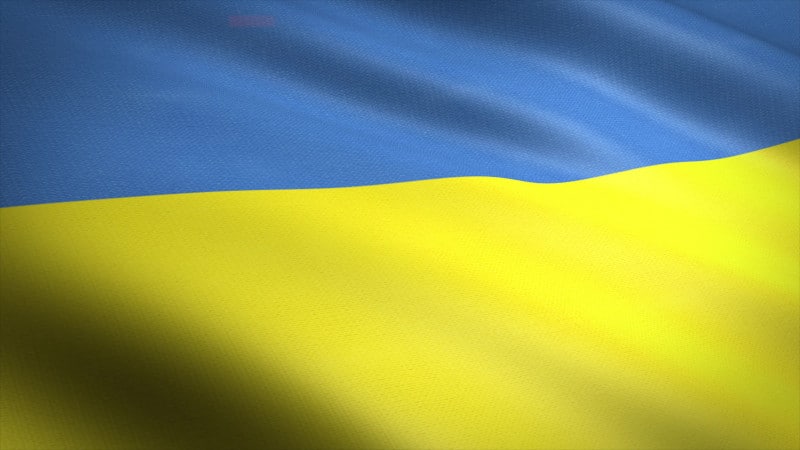About the Ukranian Language
The Ukrainian language, a member of the East Slavic group within the larger Indo-European language family, has a rich and intricate history that reflects the complex cultural and political developments of the Ukrainian people.
The roots of Ukrainian can be found in the Old East Slavic language, which was spoken in the territory of Kyivan Rus from the 9th to the 13th centuries. The language was influenced by the migration and settlement patterns of East Slavic tribes, interactions with neighboring linguistic communities, and the adoption of Christianity in 988 under Prince Volodymyr the Great.
The Old East Slavic language evolved as Kyivan Rus developed into a powerful and influential state. Interactions with other Slavic groups and contact with peoples like the Byzantines and Turkic-speaking nomads influenced its expansion. The Old Church Slavonic also played a significant role in developing the written language.
In the 13th century, the Mongol invasion impacted the region’s linguistic development, disrupting political and cultural continuity, and leading to the emergence of distinct East Slavic dialects. Over time, the dialect spoken in the territory that is now Ukraine began to take on its unique characteristics.
The rise of the Grand Duchy of Lithuania in the 14th and 16th centuries, followed by the Union of Lublin in 1569, brought present-day Ukraine’s western and central regions under Polish rule. This led to a complex linguistic situation, as Ukrainian speakers adopted elements of the Polish language.
Despite these external influences, the Ukrainian language persisted, and efforts to codify and standardize it gained momentum. The work of Pylyp Orlyk and Ivan Fedorovych in the 18th and 19th centuries contributed to its literary development.
In the 20th century, the period of Soviet rule saw attempts to suppress Ukrainian national identity and promote Russian as the dominant language. However, Ukrainian continued to thrive underground despite these challenges, and the struggle for cultural and linguistic rights persisted.
The declaration of Ukraine’s independence in 1991 marked a new chapter in the history of the language. As the country asserted its sovereignty, Ukrainian became the official state language, and efforts to promote its use in various domains of public life intensified.
Today, Ukrainian stands as a vibrant and dynamic language, reflecting the resilience and determination of its people to preserve and celebrate their linguistic heritage and independence.

